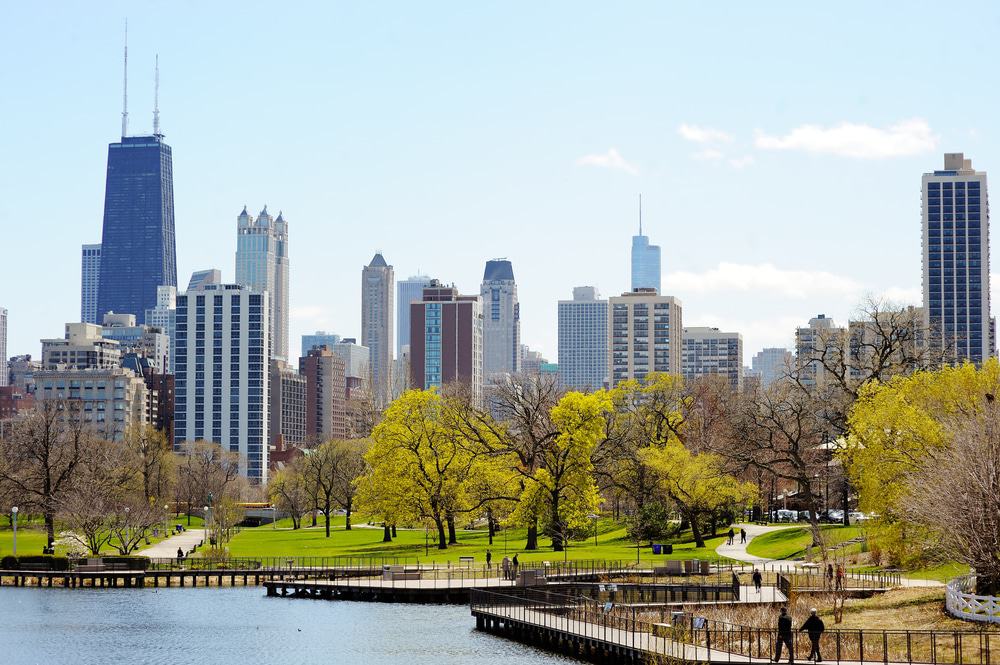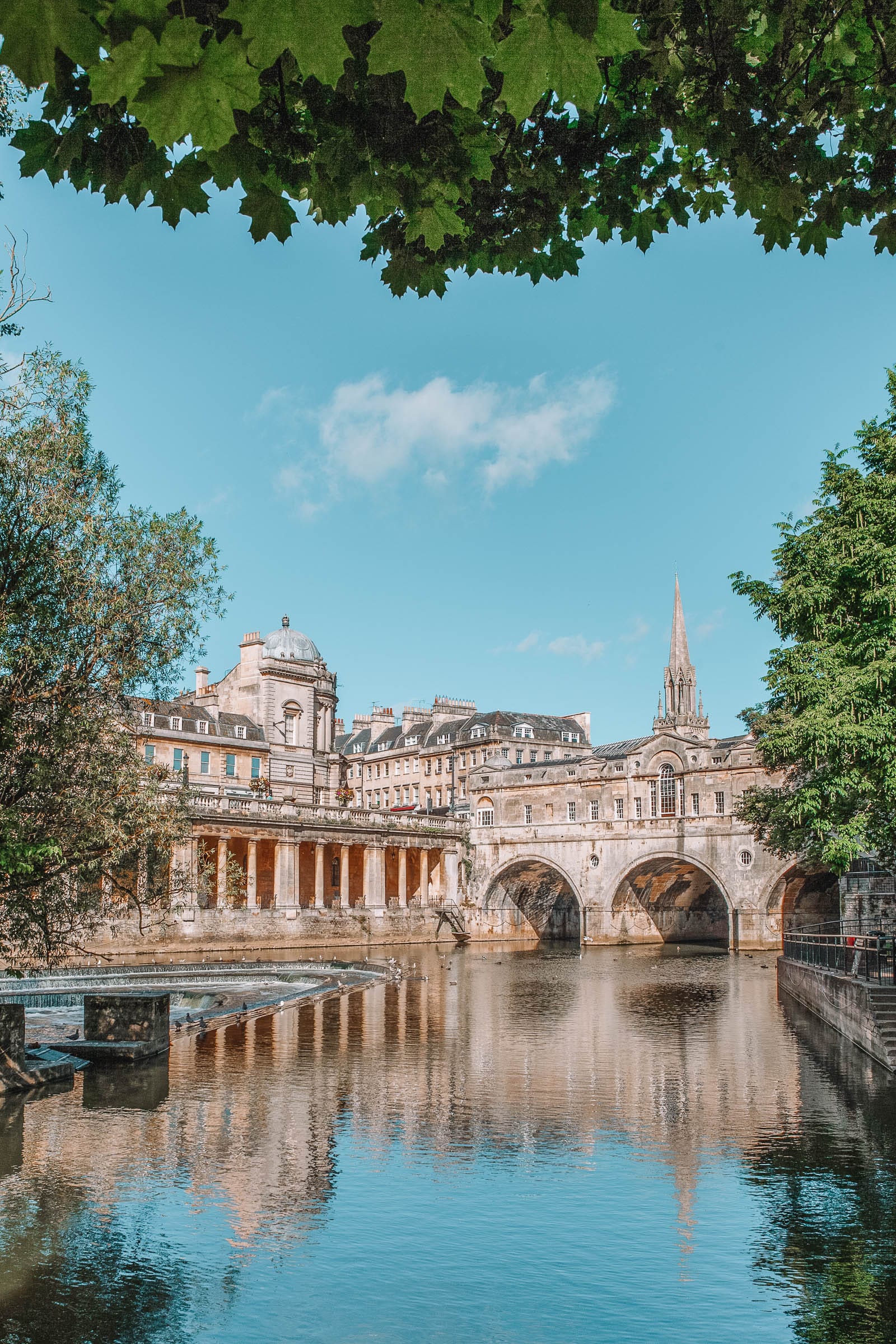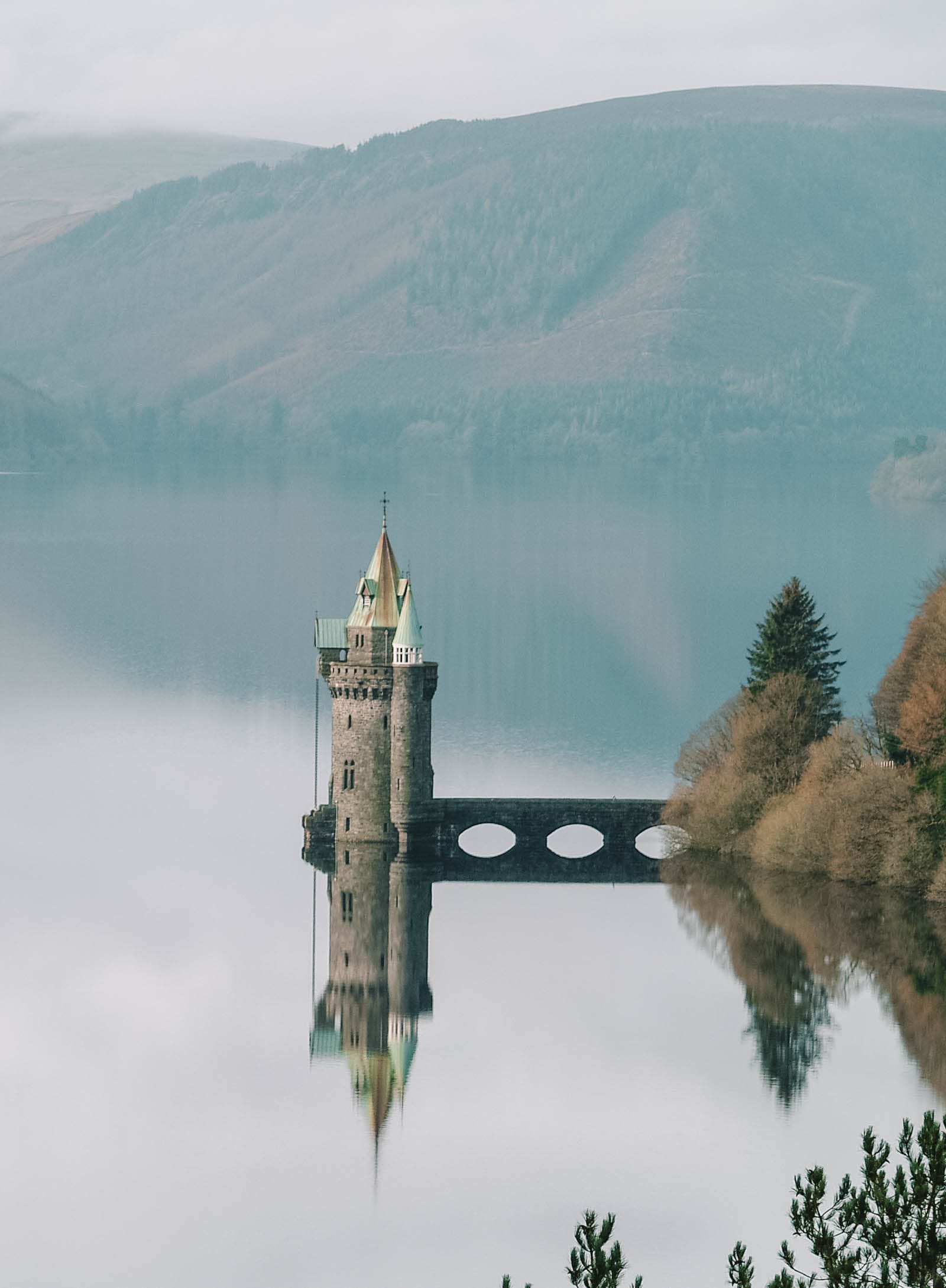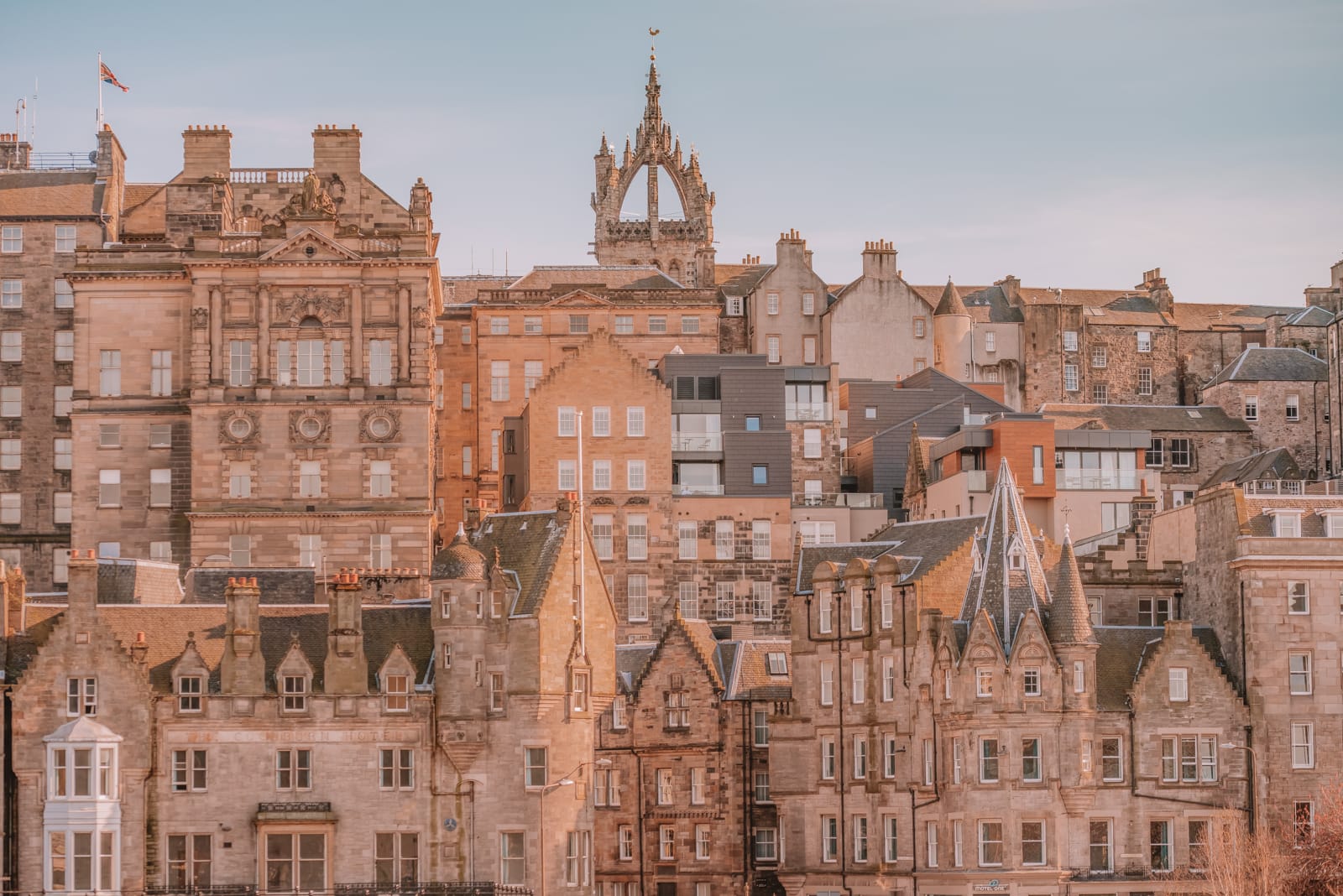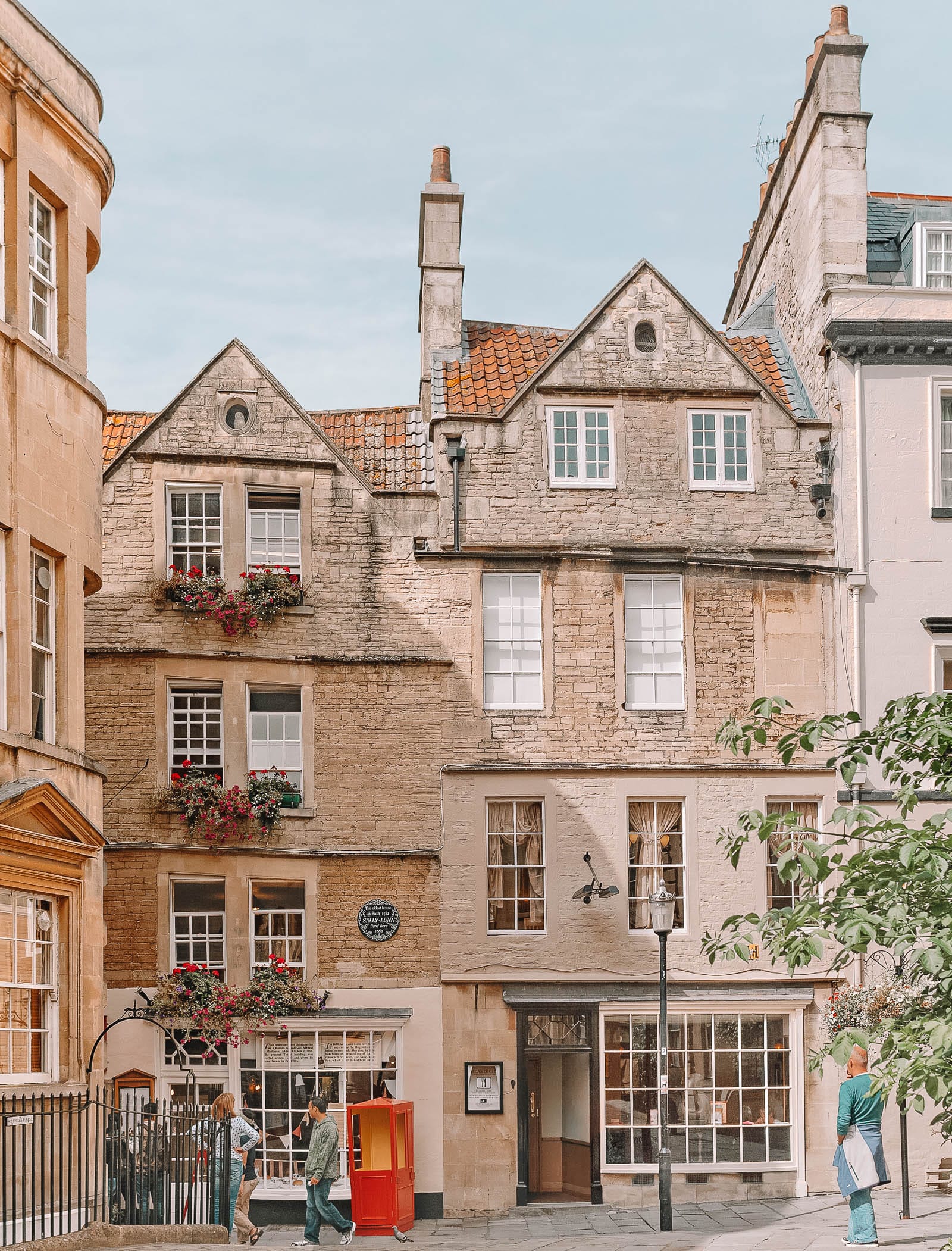Summary
Chicago, the most populous city in the state of Illinois and the Midwestern United States, ranks as the third most populous city in the United States. Situated along the Great Lakes shoreline, Chicago is renowned for its dynamic city life, musical heritage, particularly in house music, premier shopping avenues, avant-garde architecture, expansive sandy beaches, and esteemed colleges and universities, alongside notable cultural landmarks. The city’s striking skyline looms elegantly over Lake Michigan.
After suffering a devastating fire in 1871 that nearly obliterated the city, Chicago is referred to as the “Second City,” representing a rebuilt and enhanced version of its former self. The city has a rich literary history, illustrated by notable works such as Karen Abbott’s Sin in the Second City, Theodore Dreiser’s Sister Carrie, and Carl Sandburg’s Chicago Poems.
A fascinating tidbit—while Chicago is often called the “Windy City,” it is not among the most gusty cities in America.
As a native of Chicago, I can guide you through some of the trendiest neighborhoods within this metropolitan area to help you determine the best places for your stay during your visit.
The Loop

As one of the three primary downtown communities of Chicago, the Loop commonly serves as the initial destination for guests exploring the city. Bordered by the Chicago River to its north and west and Lake Michigan to the east, this neighborhood features the tallest buildings that shape Chicago’s stunning skyline. The Loop hosts a remarkable collection of public art, renowned theatres, and, notably, the Art Institute of Chicago, one of the finest and most expansive museums in the United States. Grant Park, inclusive of its stunning centerpiece, Buckingham Fountain, has remained a cherished green space since the city’s inception.
Suitable for: All types of visitors.
Additional Highlights: Museum of Contemporary Photography, Millennium Park, Vietnam Veterans Museum, Chicago Architecture Foundation, and Cloud Gate.
Hyde Park

Hyde Park, an influential neighborhood situated on the city’s south side along the lakefront, is steeped in history and fame, having hosted notable figures such as President Obama, Clarence Darrow, and Muhammad Ali. Architectural enthusiasts will appreciate its numerous Victorian mansions and Prairie-style homes. The focal point of the area is the esteemed University of Chicago, surrounded by a plethora of engaging bookstores, museums, street food options, and a serene landscape. Key attractions include the Museum of Science and Industry, Oriental Institute Museum, and Robie House.
Suitable for: All types of visitors.
Additional Highlights: Drexel Fountain, The National House, Rockefeller Memorial Chapel, Jackson Park, Midway Park, and 57th St Beach.
Lincoln Park

Originally recognized as Lake Park, this neighborhood presents a charming blend of college students, young families, and recent graduates. Historically, it served as a haven for German and Polish immigrants displaced by the Great Chicago Fire of 1871. Lincoln Park houses essential attractions worth visiting, such as Lincoln Park Zoo, DePaul University, and St Michael’s Church, one of the rare structures to endure the fire. The Old Town Triangle Historic District, though affected by the fire, largely preserved its heritage, showcasing remnants of Chicago’s pre-fire history, while the Second City Theatre continues to innovate American comedy.
Suitable for: All types of visitors, particularly the younger demographic.
Additional Highlights: Biograph Theatre, Chicago History Museum, Lincoln Park Conservatory, Astor Street Historic District, North Avenue Beach, and Steppenwolf Theatre.
Magnificent Mile

The Magnificent Mile, recognized as the shopping hub of Chicago, serves as an upscale commercial district adjacent to the vibrant Downtown district. This neighborhood provides essential access between the Loop and Gold Coast, with countless mid to high-end retail stores, restaurants, bars, and accommodations making it the eighth priciest rental location in the United States. Noteworthy attractions worth visiting in this area include the Chicago Water Tower, the John Hancock Center, the Wrigley Building, and One Magnificent Mile building.
Suitable for: All types of travelers, particularly those inclined to shopping.
Additional Highlights: East Lake Shore Drive District, Michigan Avenue Bridge, London Guarantee Building, 360 Chicago Observation Deck, and Fourth Presbyterian Church.
Near South/South Loop

As one of Chicago’s historical districts, Near South was once esteemed as the city’s most prestigious area. Following a period of decline, the neighborhood has revitalized, transforming into a tourist destination filled with diverse activities and attractions. The Museum Campus accommodates three of the nation’s premier natural science museums, while McCormick Place stands as a grand convention center. Formerly celebrated for hosting the wealthiest individuals, Prairie Avenue now features nine out of eleven remaining residences designated as Chicago landmarks.
Suitable for: All types of travelers.
Additional Highlights: The Clarke House Museum, Second Presbyterian Church, Dearborn Station, and Marshall Field Jr. Mansion.
River North

Located on Chicago’s North Side, River North is celebrated for possessing the largest collection of art galleries outside of Manhattan in the United States. Rapid growth since the 1990s has established this area as a vibrant nightlife hub, especially around Hubbard Street. The neighborhood showcases numerous art galleries, upscale dining establishments, lively bars, and prominent nightclubs. A highly recommended Italian restaurant is Quartino Ristorante, which is advised to be reserved in advance.
Suitable for: All types of travelers.
Additional Highlights: Navy Pier, Tribune Tower, Chicago Children’s Museum, Milton Lee Olive Park, East Bank Club, The Richard H. Driehaus Museum, and DuSable Bridge.
Gold Coast

This historic district, situated in Chicago’s Near North Side, gained prominence following the Great Chicago Fire. In 1882, millionaire Potter Palmer moved here and constructed the 42-room mansion known as the Palmer Mansion. The area eventually became home to many affluent residents, establishing Gold Coast as one of Chicago’s upscale neighborhoods. Featuring various skyscrapers, row houses, opulent mansions, boutique shops, and Michelin-starred dining, Oak Street serves as the primary shopping thoroughfare while Rush Street excels in nightlife offerings.
Suitable for: All types of travelers, particularly those pursuing luxury.
Additional Highlights I’d recommend: Astor Street District, James Charnley House, International Museum of Surgical Science, Newberry Library, Charnley-Persky House, and St. James Chapel.
West Loop/Near West Side

The Near West Side, home to notable cultural landmarks such as Michael Jordan’s former residence, celebrates the deep-rooted traditions of Chicago, including the Blues Brothers, deep-dish pizza, blues music, and the Chicago-style hot dog. A significant port of entry during the 19th and early 20th centuries, Near West Side was once home to Oprah Winfrey. Recognized for its two culinary hubs, Little Italy and Greektown, the neighborhood also incorporates the West Loop, characterized by elite dining venues and an evolving art gallery scene. If you are visiting over the weekend, the New Maxwell Street Market is a must-see.
Suitable for: All types of travelers, particularly those with a passion for cuisine.
Additional Highlights: Jane Addams Hull House Museum, National Hellenic Museum, Andrew Rafacz Gallery, Donald Young Gallery, National Italian American Sports Hall of Fame, and Saint Ignatius College Prep.
